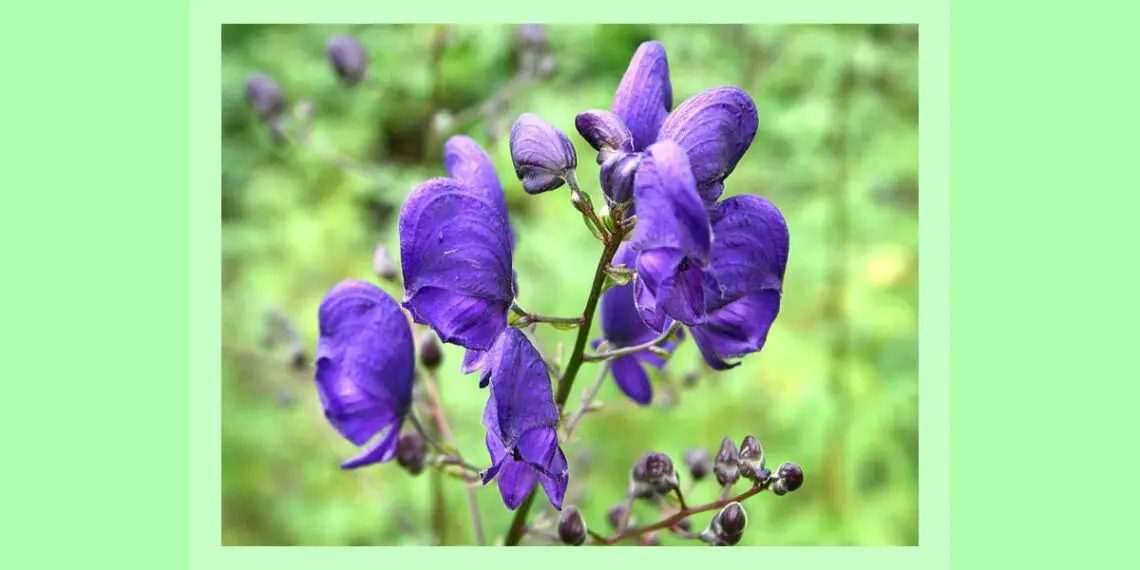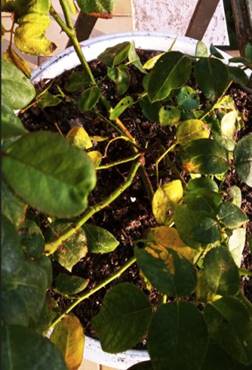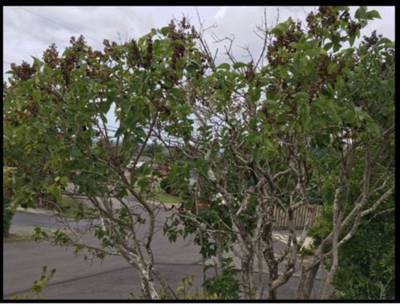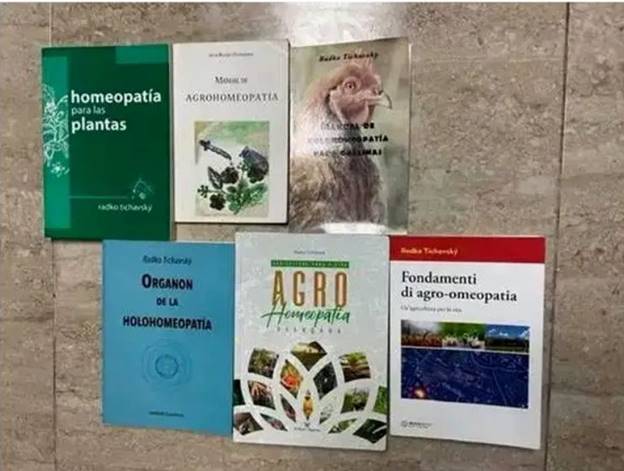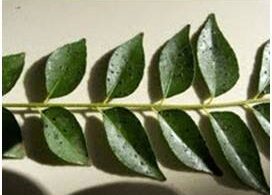Editor’s Note: “JT potency” (Jenichen / Tichavsky) is a centesimal dilution followed by 500 succussions or five hundred continuous turns with a wooden stick to the right and 500 turns to the left (if handling larger volumes). The JT potency frequently has a better reaction in plants and it is very important in preparation of live bionosodes.
Dear Dr. Tichavsky,
I’ve seen you speak about squash bugs but not squash vine borers lately. This is the worst year I have ever had with vine borers. I’ve tried to plant nasturtium and radishes along with using remedies of Camphor 30 and Sulphur 200. It seems to work for a few days but then they come back. They have bored into all of the new growth of the plants as well as the early fruit and blossoms so then the fruit dies from not being pollinated or from the borers.
They have decimated all of our crops and then moved on to the tomatoes and cucumbers. We do till and rotate our crops but this is by far the worst we have had with them. We even planted later in the season but it is October and I am still seeing evidence of them her on LI, NY zone 7.
Thank You,
Amy
Dr. Radko Tichavsky:
Dear Amy,
Squash vine borers is a popular name for at least three species present in your region (Diaphania hyalinata, Schoenobius gigantella and Omphisa anastomosalis) so the treatment can vary depending on which insect species we are talking about.
Assuming it is Diaphania hyalinata, most common of them, you should use a homeopathic preparation from the essential oil of Artemisia annua at the 3 JT potency, in spray.
The constituents responsible for the insecticidal activity of A. annua oil against D.hyalinata are camphor and 1,8-cineole. It causes mortality close to 95% and have relatively low toxicity against predators of this pest. With two applications separated by two or three days, you will get a forceful control result against the vine borers.
Dear Professor Radko Tichavsky,
I decided to grow a Rose in a pot, taking advantage of a very sunny corner of the southern balcony. Therefore, I prepared a soil with PH 6.5 (slightly acidic) and inoculated Lentinula Edodes; a week later I introduced Bacillus Subtilis based on his advice from a few years ago in this Holon-Homeopathy column. Now from the photo you can clearly see that the Rose has brought with her the fungal problem that she already had in her cutting pot. In the meantime, I have significantly reduced watering, also given the drop in temperatures in Rome. How do you recommend I proceed to avoid the unpleasant administration of toxic copper oxychloride?
As always, a heartfelt thank you!
Roberto Migliorelli
Dear Roberto,
The fungal problem affecting your plant can be resolved with a homeopathic preparation of silver colloid at the 3 JT potency. The application should be done as a spray (foliarly) and simultaneously through watering.
Remember that the remedies for the same problem should vary, otherwise, although it is not very frequent with homeopathic remedies, the microorganisms can develop resistance to a remedy applied routinely for a long time.
It’s important in homeopathic or natural treatment approaches to change up the remedies used over time, even if they are initially effective, in order to prevent microbes/pathogens from gaining resistance. Rotating or combining different natural/homeopathic options helps address issues holistically without the risk of resistance developing.
Hi Dr. Tichavsky
Can anything be done for Fire Blight on apple trees? We live in Auckland, New Zealand. the temperate zone with a maritime climate (Köppen climate classification: Cfb). Winters are relatively mild and summers comparatively cool.. Conditions vary from extremely wet on the West Coast of the South Island to almost semi-arid in Central Otago and subtropical in Northland.
Thank you
Girard
Dr. RadkoTichavsky:
Dear Girard,
Fire blight in apple trees is a disease caused by the bacterium Erwinia amylovora (gammaproteobacteria). The disease is transmitted through pruning or insect vectors and it develops in warm and humid climates.
Rains favor its dispersion in the orchard. First you have to make sure to prune during the fall the affected branches approximately 30 cm below the affected area. You have to burn the pruning and not incorporate it in shredded form in the orchard.
Regarding prunning, it is important to disinfect cutting tools in alcohol between trees, and in all cuts larger than a thumb apply a healing remedy made from pine resin, beeswax, a little mineral grease and turpentine. The proportions of ingredients will determine the consistency of the remedy, so if you want it to be more liquid increase the amount of turpentine so you can apply it with a brush.
The holohomeopathic remedies used to control Erwinia amylovora (the bacterium causing fire blight in apple trees), Bacillus amyloliquefasciens, Bacillus subtilis, Pseudomonas fluorescens and Pantoea agglomerans are used.
You can apply live Aloe vera bionosodes at the 4 JT potency, live Hedera helix root bionosodes at the 4 JT potency, and you can also use live wheat or corn root bionosodes (organically produced) to inoculate Pseudomonas fluorescens and Pantoea agglomerans in the rhizosphere of your trees, applied at the 4 JT potency to the soil.
Homeopathic preparations of lichens at the potency 4 JT (Usnea spp., Parmelia spp. and Cladonia spp.) have also been used.
Erwinia amylovora can be prevented with the application of a nano-homeopathic remedy of copper (first prepare a copper colloid by electrolysis in water and then subject it to ultrasound treatment for approximately 3 minutes) and then prepare homeopathic remedy at the 4 JT potency and spray on affected trees.
A single application of nano-homeopathic remedy of copper in the fall to the soil and another in the spring to the trees before the trees sprout their first leaves is sufficient.
In trees severely and chronically affected, external applications may not be sufficient, so you should make four holes in the trunk of the affected trees, approximately 15 centimeters above ground level, with the help of a drill with a thin drill bit in the four cardinal directions (north, south, east and west), disinfecting the drill bit between trees with alcohol.
The depth of each hole should be 3 cm and then inject Kalium phosphoricum 6 CH into the hole (it is an inducer of resistance to Erwinia amylovora) and seal the holes with the aforementioned healing remedy. The sealing should reach just below the bark level. This way the hole will heal quickly, and this will allow the cambium (layer between bark and xylem) to completely heal the holes.
Hello Dr. Tichavsky,
We live in Coral Springs Florida (33071) and tried growing Sugarcane as an experiment. We had a problem with Gummosis, which we learned is caused by Xanthomonas axonopodis pv. Vasculorum. We would like to try again, so I’m wonder if you could suggest a way to avoid it.
We get 62 inches of rain, on average, per year. The July high is around 91 degrees. the January low is 57.
Thank you
Greta
Dr. Radko Tichavsky
Dear Greta,
Xanthomonas axonopodis pv. vaculorum belongs to the gammaproteobacteria, and this group is highly antagonistic with Firmicutes (for example Bacillus spp.). You can use for example a live Aloe vera 3 JT bionosode (made from Aloe vera gel in non-chlorinated water). Aloe vera contains a large arsenal of various Firmicutes species. Zinc oxide homeopathic-nano remedy or silver homeopathic-nano remedy at the 4 JT potency can also be used.
Hi Dr. Tichavsky,
This is the same lilac tree you helped me with a year or two ago. You may recall the problem was that its flowers turned brown as soon as they appeared. Your advice was to give it Aloe. However, I couldn’t find aloe in material form that wasn’t mixed with lemon or something else so I gave it homeopathic Aloe socotrina. It worked well and the blossoms this year started out white. However, they soon turned brown and have been brown ever since. It’s now October, and the flowers still won’t let go of the tree, even though they’re completely brown. Could you please advise me on what to use?
Thank you,
Linda
Dr. Radko Tichavsky:
Dear Linda,
You can apply silver colloid at the 4 JT potency sprayed foliarly on the lilac bush and continue applying the live Aloe vera 4 JT bionosode through watering. Remember that the holon conditions change from year to year, so it is common for microorganisms to present epigenetic or genetic variations. Therefore, the remedies each year (even for the same conditions) should be changed and repertorized again.
BOOKS ON HOLOHOMEOPATHY
Many readers asked about Dr. Radko Tichavsky’s books. Below is a photo of them. They are available in Spanish, Italian and Portuguese. For ordering or information: [email protected]
New Video from Dr. Radko Tichavsky!
In this video, renowned Agrohomeopath Dr. Radko Tichavsky explains Holohomeopathy, the more advanced method of agrohomeopathy: https://youtu.be/GUUoO6Lt-U8 (English subtitles)

